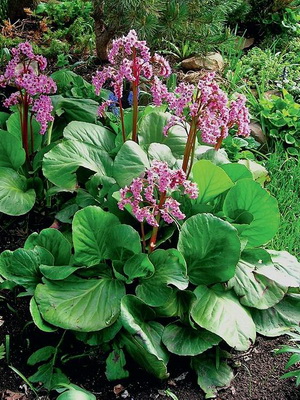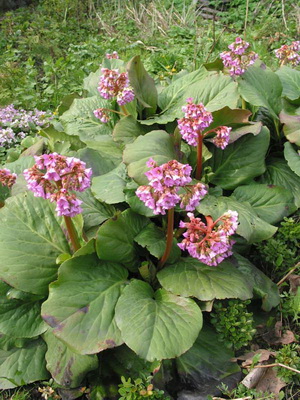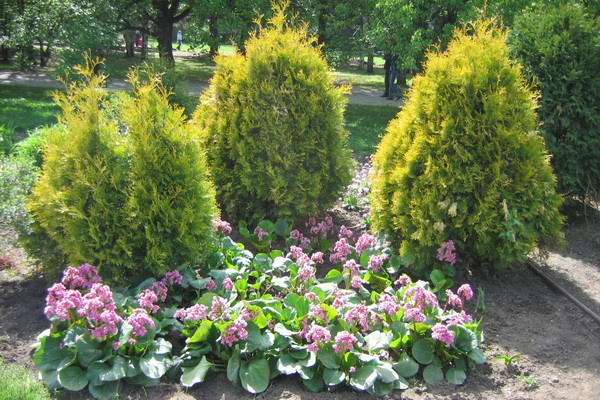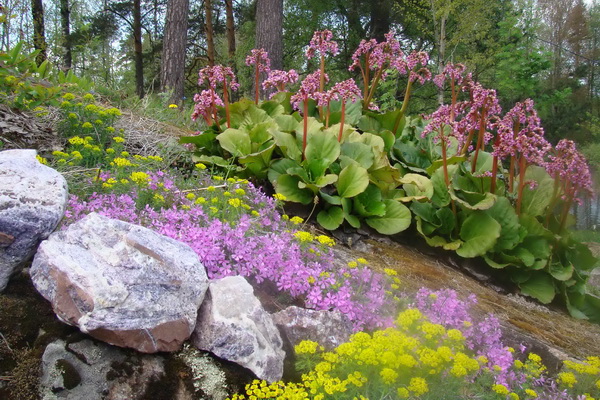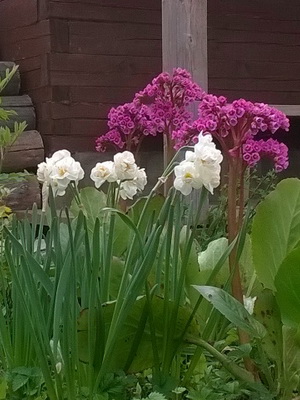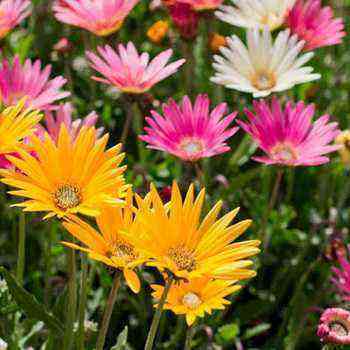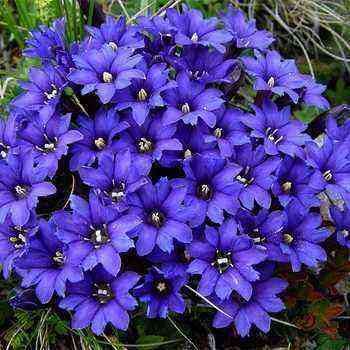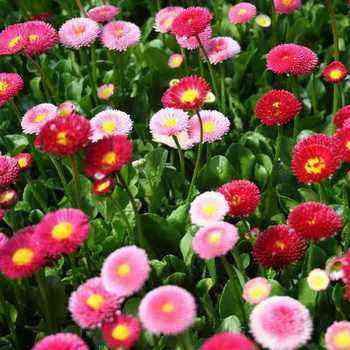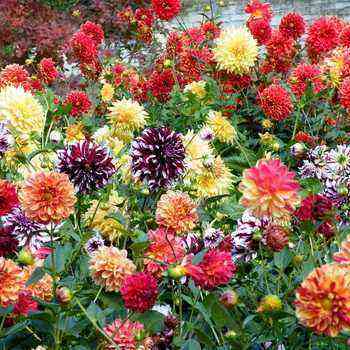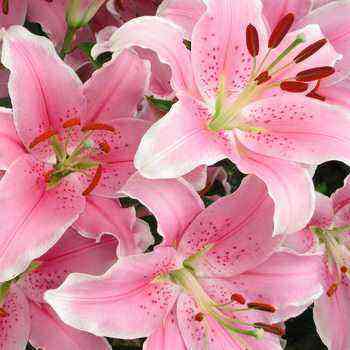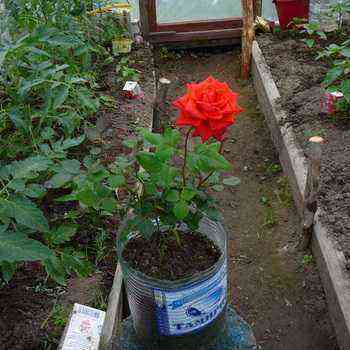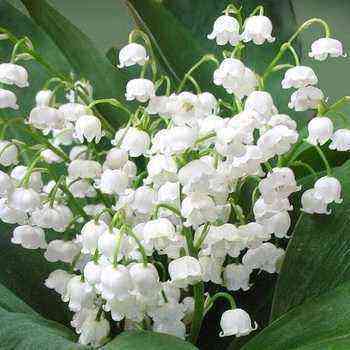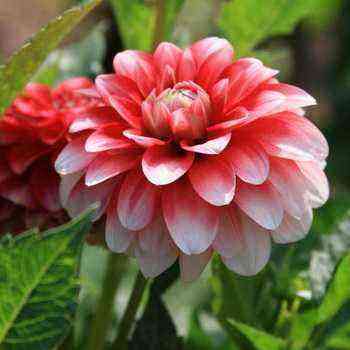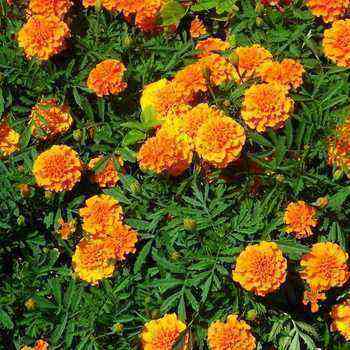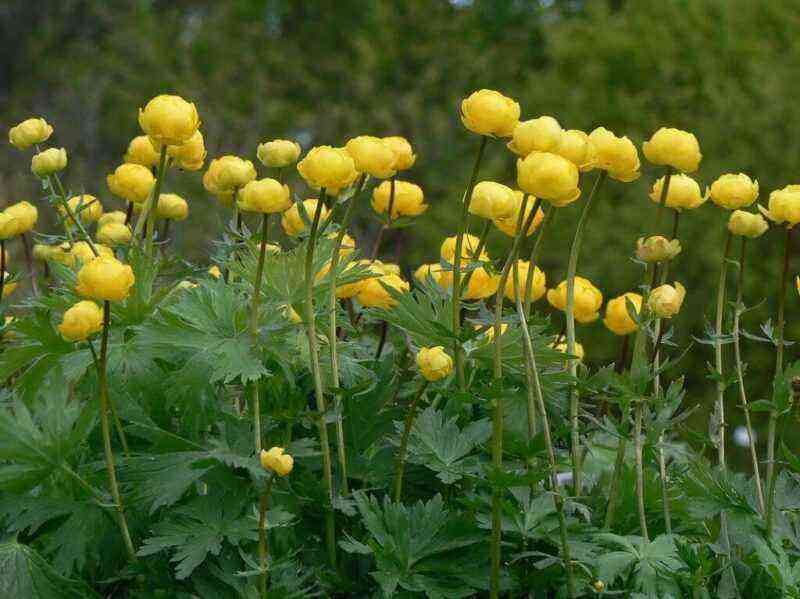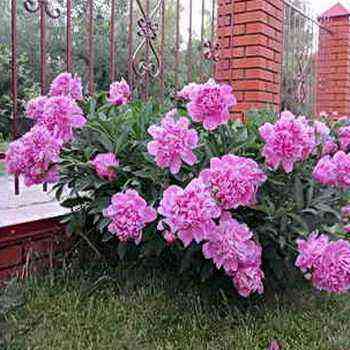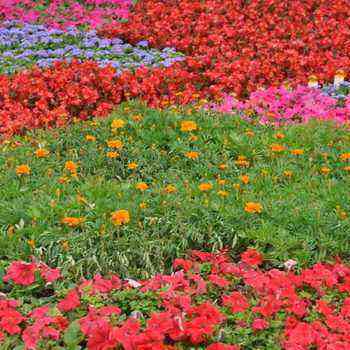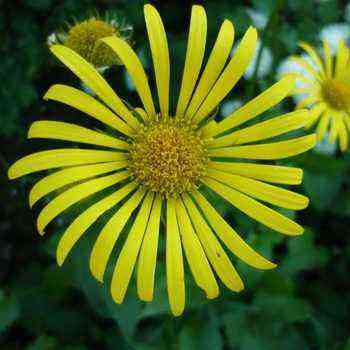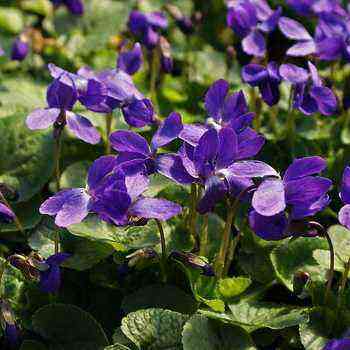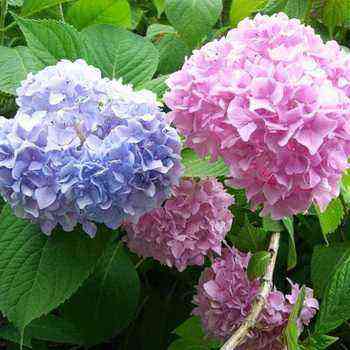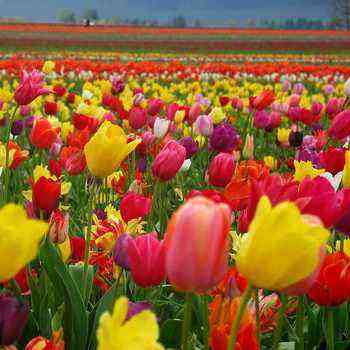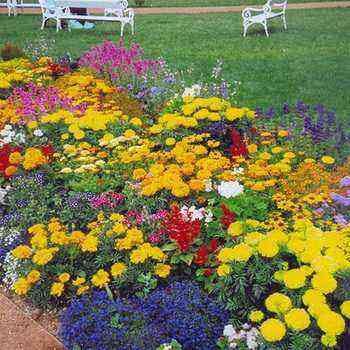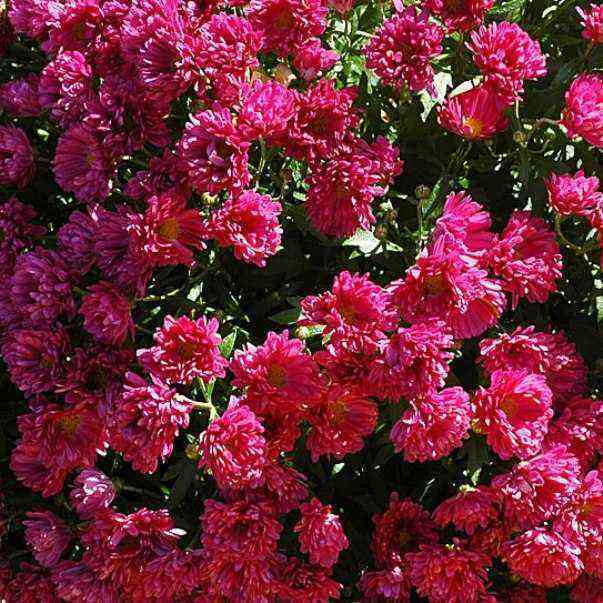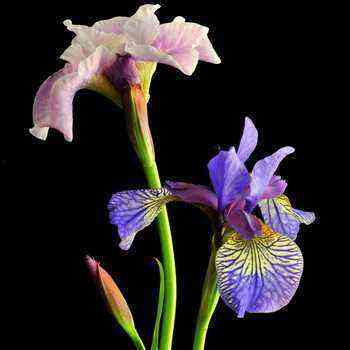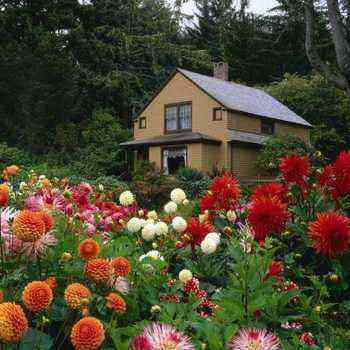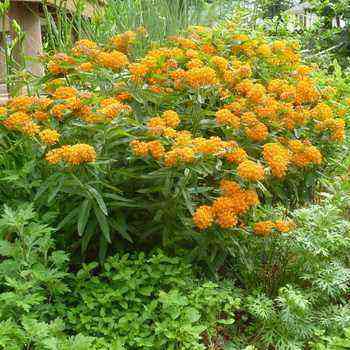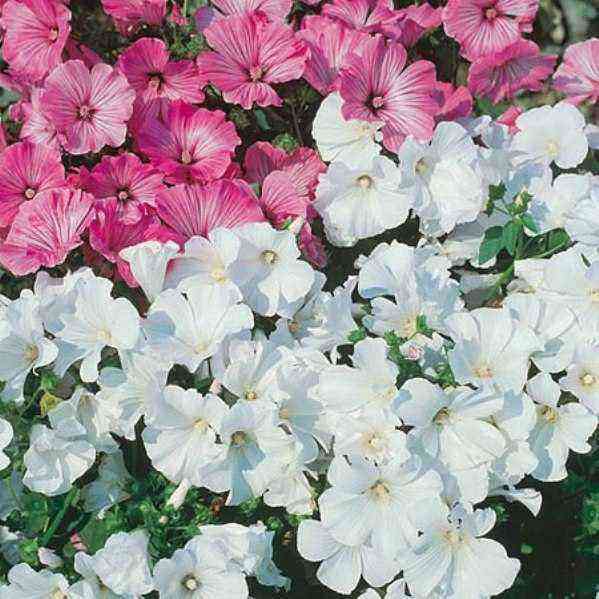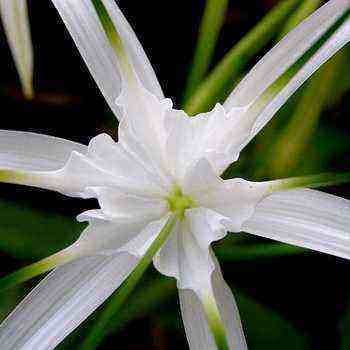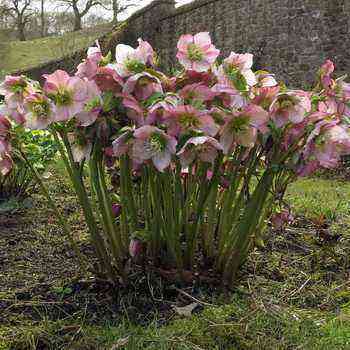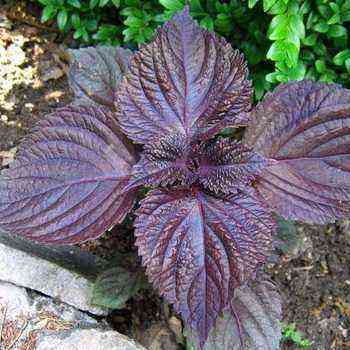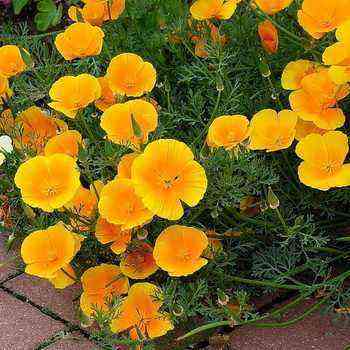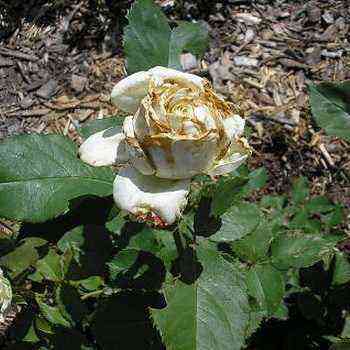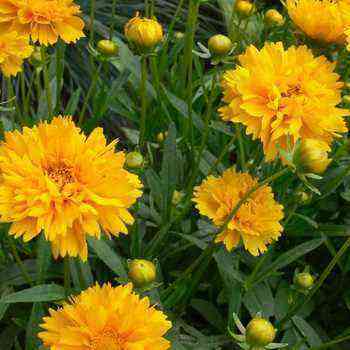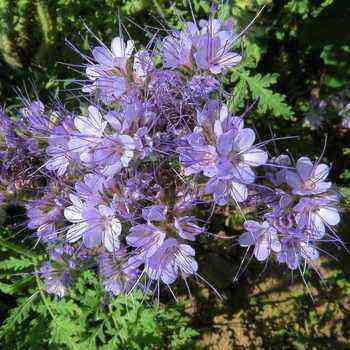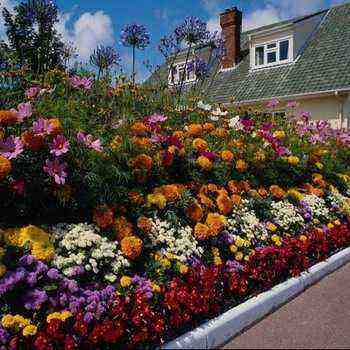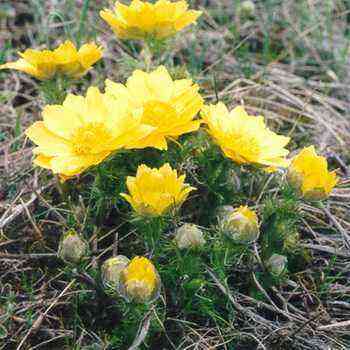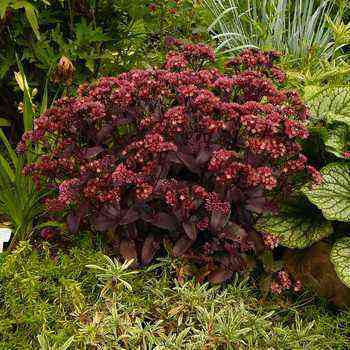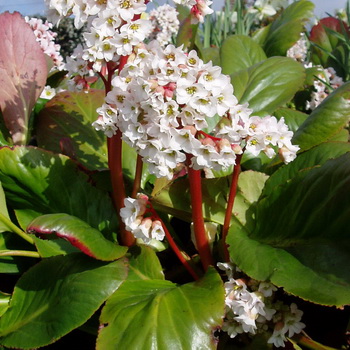
What badan looks like: photo and description
Badan is a perennial with a thick, almost horizontal rhizome and large leathery shiny leaves that turn red by autumn. The pink flowers of the badan plant are described as similar to bells, they are collected at the top of low stems in dense inflorescences. The fruit is a capsule with numerous small black seeds. Plant height 25-40 cm.
It blooms in May. The inflorescences stand out beautifully against the background of dark greenery. Large shiny leaves retain their decorative effect until the end of the growing season and even go green under the snow.
Mainly in the gardens they grow heart-leaved incense. It blooms in April-May with deep pink flowers that form inclined brushes. Its purple form has lavender flowers.
In badan thick-leaved inflorescences are straight.
Among the badan hybrids there are plants with pink-red flowers, white with a pink tint and dark purple.
As an ornamental plant, badan can be planted in the form of separate small groups among the lawn, on an alpine hill, near a reservoir.
In a shady garden, badan is a wonderful plant for a border. He feels great near bushes, under trees on the north side of the crown.
See what badan looks like in the photo below:
Growing a perennial plant badan

Badan can be propagated both by seeds and vegetatively. Seeds do not need stratification, but when sowing under winter sowing, seedlings are more friendly and abundant, while in spring they appear in a month and, as a rule, are thinned out. Seed germination is maintained for three years, but already in the second year it is significantly reduced.
Seedlings are very small, seedlings develop slowly, forming in the first year a small rosette of 4-5 leaves and very thin delicate roots. In the first year, the seedling beds must be weeded so that the weeds do not drown out the small plants. By the end of the first year or in the second, they can be unpacked.
When growing bergenia and caring for the plant, do not forget to cover the seedlings with a layer of dry leaves for the winter. Some specimens of the culture bloom only in the third year, and mass flowering occurs in the fourth.
It is much easier for berry to propagate by segments of rhizomes, which are planted at a distance of 30-40 cm. In one place, berry can grow for a long time, up to 10 years or more.




